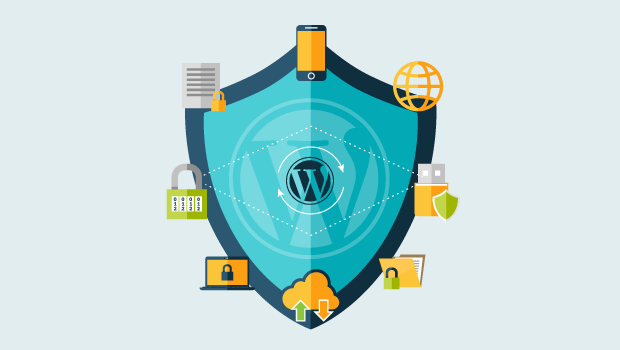Security vulnerabilities are unprotect areas of your site or site host that attackers can exploit to steal your data, modify your site, or otherwise cause damage. These vulnerabilities often exist due to insecure plugins that you may add to your site, lack of control over visitor interactions, or failure to regularly update plugins.
While you may think that attackers would have no interest in your site, attacks happen regularly to every type of site, regardless of size or traffic.
Attackers value user data that your site contains and the site’s access to visitors. For example, a successful attack may allow an attacker to plant a malicious script on your site. Then, when users visit your site, that script runs and enables attackers to steal user passwords or gain access to webcams.
Top WordPress Security Vulnerabilities and How to Overcome Them
To protect your site and your visitors, it helps to understand what type of vulnerabilities you may be expose to. Below are some of the most common vulnerabilities that site owners face and some suggestions on how to manage these risks.
1.Insecure WordPress logins
Your WordPress login is a valuable target for attackers because it provides access to your site administration dashboard. If attackers can gain access to your login credentials they will have full control over your site. An insecure or weak administrative password provides easy entry for attackers.
Weak passwords are passwords that can be easily guess or uncover through brute force attacks. Brute force attacks are attacks that keep trying different password and username combinations until access is gain. These attacks are possible because WordPress doesn’t limit the number of login attempts an attacker can make.
To prevent these attacks, it’s important to:
- Use a secure password and change it periodically. Secure passwords are typically passwords that are:
- eight or more characters and
- a combination of uppercase and lowercase letters, numbers, and special characters
The easiest way to ensure you have a secure password is to use a password generator such as the one provided in Google Chrome browsers.
- Enable two-factor authentication. Two-factor authentication requires you to correctly enter your username and password. Then a code is sent to your email or a personal device, such as a mobile phone. Once you provide this code you are allow to finish logging into your account. Two-factor authentication can help ensure that even if an attacker steals your login information, they are not able to access your account.
2.Outdated themes and plugins
Any theme, plugin, or application that you add to your site may introduce vulnerabilities. If attackers discover these vulnerabilities they can exploit these weak spots to gain access to your site and users.
After plugins, themes, and applications are release, developers often continue working on these components. For example, adding new features, fixing bugs, or patching security issues. If you do not keep your various components up-to-date, you miss out on these improvements and may leave vulnerabilities exposed.
To avoid this, it is important that you:
- Keep track of current versions of your components and that you are aware when vulnerabilities have been report. To remain up-to-date, you should periodically check for new versions or patches. If you can enable automatic updates for components you should. Webzworld WordPress Hosting provides automatic WordPress updates, making it easier to stay up-to-date.
If automatic updates aren’t available, you need to use a different method of alerting yourself to possible threats. One way is to monitor a vulnerability database. Vulnerability databases are listings of known vulnerabilities and include information about what components are affect and how to fix the vulnerability. These databases can help you ensure that you are aware of any known vulnerabilities regardless of whether an update is currently available.
for more information contact us
